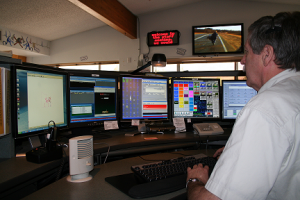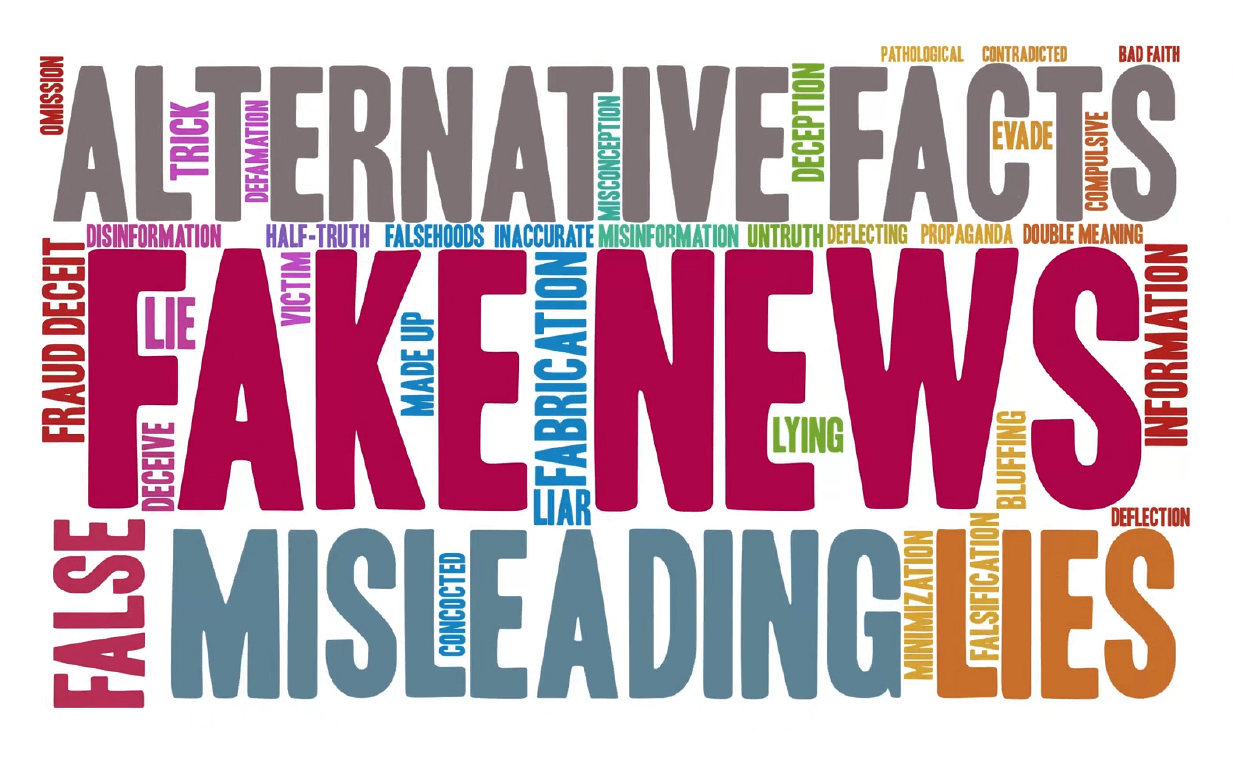SEDONA AZ (April 12, 2013) – Sedona Police and Fire Communication Centers will celebrate the week of April 14 – 20, 2013, as National Public Safety Telecommunicators Week. This week, sponsored by the Association of Public-Safety Communications Officials (APCO) and celebrated annually, honors the thousands of men and women who answer emergency calls, dispatch emergency professionals and equipment, and render life-saving assistance to the world’s citizens.
“The words “911 – Where is your emergency?” starts the process that defines the nature of an emergency which in turn sets the emergency response in motion,” explained Gary Johnson, Sedona Fire District Fire Marshal. “These telecommunication professionals are the critical link, not only for the caller but also for the firefighters and police officers in the field. Their role is critical to the outcome of the call.”
The Sedona Regional Communications Center (SRCC) dispatches for 11 fire and medical agencies that serve a population of 75,000 residents over 1900 square miles. This includes 95 miles of I-17 from Black Canyon City to just north of Pinewood. SRCC serves the Black Canyon, Camp Verde, Mayer, Montezuma-Rimrock, Pinewood, Sedona and Verde Valley Fire Districts; the cities of Cottonwood, Clarkdale and Jerome Fire Departments, as well as Verde Valley Ambulance.
The original SFD dispatch center was located in the basement of the old Coconino County building in uptown Sedona. In 1985, the 9-1-1 center became a Fire District operation, no longer the responsibility of the Coconino County Sheriff’s Office. Today, the center is located above Sedona Fire District Fire Station #4 with a state of the art Computer Aided Dispatch system. Working 12 hour shifts, rotating from days to nights every three months, trained professionals answer about 7,900 calls a month of which approximately 2,600 calls are 9-1-1.
During 2012, the SRCC received approximately 95,000 phone calls of which over 31,000 were 9-1-1 calls. Roughly, 10% of 9-1-1 calls are hang ups. Each 9-1-1 hang up call requires a phone call back to the calling phone and may result in additional phone calls to coordinate a law enforcement response. So if you call by mistake, stay on the line and say so!
“Our communication specialists are the unseen first responders whose work is invaluable and critical to the successful handling of any emergency situation,” said Sedona Police Chief Raymond Cota, adding, “Public safety dispatchers are not normally the first personnel thought of in public safety services but are a vital component in any police or fire agency. These men and women help countless people who may not have an emergency situation but are just trying to get an answer to a troubling circumstance. This week provides an opportunity for our departments and the community to show their appreciation for the difficult job that our communication specialists perform daily and the quality service they provide to everyone.”
The City of Sedona Police Department Communications Center operates 24 hours a day 7 days a week. Currently there are six dispatchers who work rotating schedules to ensure that center is operational at all times. During busy times, the schedule allows for two people working in tandem, but often only one person is working answering emergency and routine phone calls, dispatching officers to calls for service, and managing radio communications amongst police personnel in the field. Using a state criminal justice computer system, dispatchers enter and process misdemeanor warrants, check the status of licenses for both vehicles and people, and monitor a communication system that links the entire country.
The Sedona communications center is the place people call when the storms hit, the creek floods, or other natural disasters happen. Specialists are sometimes called upon to answer questions about problems and issues that didn’t even occur in the City of Sedona, most commonly, road and weather conditions further north. Answers are always given when they are known, or the caller is directed to the appropriate agency. The dispatcher is the secure voice to a caller who feels they are in danger or has just experienced a life altering event. They are part of the safety net provided to the police officers of Sedona, always ready to send help when needed, or provide critical information that could affect the officers well being.
The Communications Specialists of the Sedona Police Department and Sedona Fire District are an important and vital part of your community, and maintain that role with professionalism, integrity, and respect. To help them assist you when calling in an emergency, follow these simple tips:
• Be prepared to answer the question, “Where is your emergency?”
• Stay on the line until you are directed to hang up.
• If possible, when at home use your home phone, not your wireless phone. 9-1-1 calls on wired lines provide caller name, phone number and address as well as other information that is useful for processing the 9-1-1 call.
• The use of cell phones accounts for two out of every three 9-1-1 calls. When using your wireless phone, know where you are. 9-1-1 calls on wireless phones provide only the phone number. In many cases, depending on type of phone, the carrier, and the signal strength, the location of the caller may plot on a map, but we may not be able to obtain an accurate address.
• If you call 9-1-1 by mistake – please stay on the line. This allows the communications specialist to verify the call was in fact placed in error.




boston reminds us again what others do to to help when it puts their lives in danger thank you
On April 25, 2013, Sedona Police Department, in partnership with the Sedona Fire District, began a long-term campaign to help children, teens and adults recognize the importance of 9-1-1 and the role they play in ensuring effective and efficient emergency response in times of crisis.
Staff from the Communications Center and Patrol Division at Sedona Police Department, along with staff from the Communications Center at Sedona Fire District, presented basic information to children, Kindergarten through Fourth grades, at West Sedona School. Activities included interactive skits with children as callers, a sing-a-long to a 9-1-1 rap song, magic tricks and discussion on what constitutes an emergency and what does not. Handouts included a refrigerator document where the child can write their name, address, city & state and phone number and also important information for parents and teachers.
Many groups, including the United States Congress and members of the Coalition, also recognize April as National 9-1-1 Education month and encourage the media, the 9-1-1 community, the wireless industry, and public information providers to engage in 9-1-1 awareness and education activities. The Coalition has created a variety of resources for 9-1-1 professionals, public educators, and citizens on its 9-1-1: The Number to Know website, http://www.know911.org.
As consumers utilize new communications technologies and devices, 9-1-1 education takes on an increased importance for everyone, but especially for children, teens, and parents.
In 2012, Sedona Police Department received approximately 2,261 calls for emergencies.
Children and adults should have a good understanding of 9-1-1 and how it works in their area. Even though 9-1-1 is available throughout the state, there are many different levels of sophistication within the equipment and resources available at each 9-1-1 answering point.
Some general guidelines for 9-1-1 are:
· 9-1-1 is for police, fire and medical emergencies.
· Know the location of the incident. Providing an accurate address is critically important especially when making a wireless 9-1-1 call.
· If you call 9-1-1, don’t hang up.
· Don’t call 9-1-1 for jokes or prank calls.
· When you call 9-1-1, pay attention to the questions that you are being asked.
· Stay on the line with the 9-1-1 call taker and answer all questions. The more information they have, the better they are able to help you.
· Stay calm and speak clearly.
For further questions or for additional information, contact the Sedona Police Department at (928) 282-3100 or Sedona Fire District at (928) 282-7101 and at http://www.SedonaAZ.gov/Police and http://www.sedonafire.org.